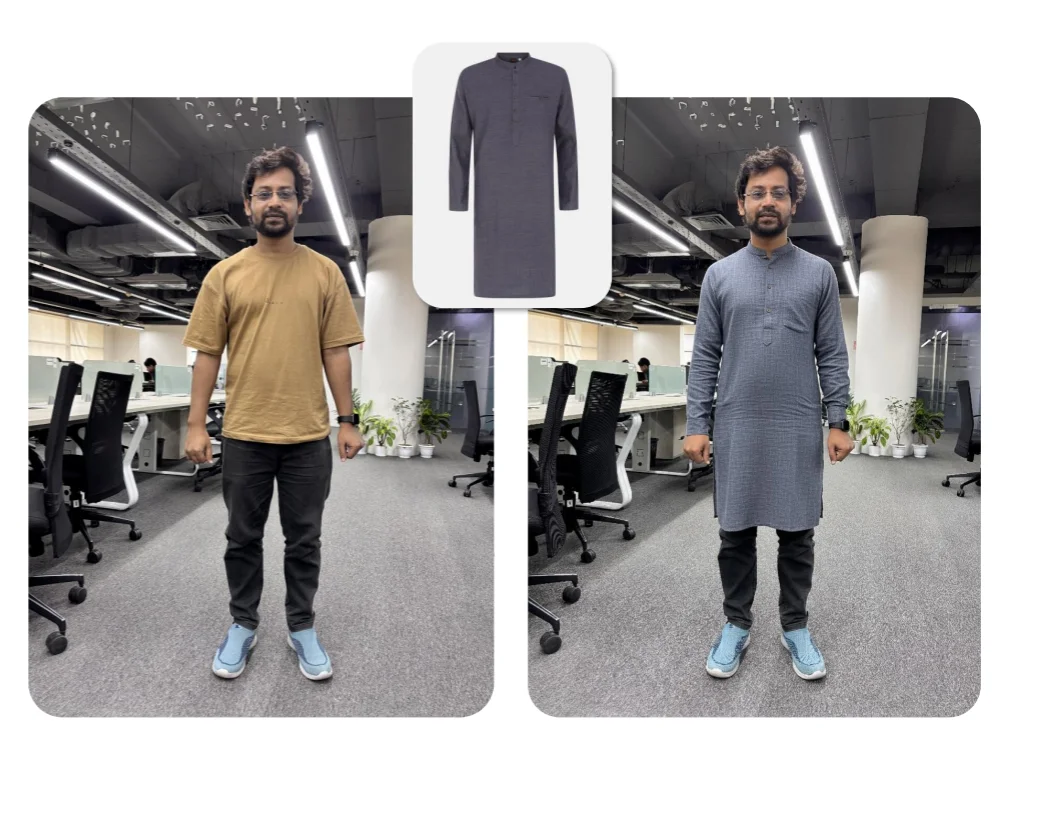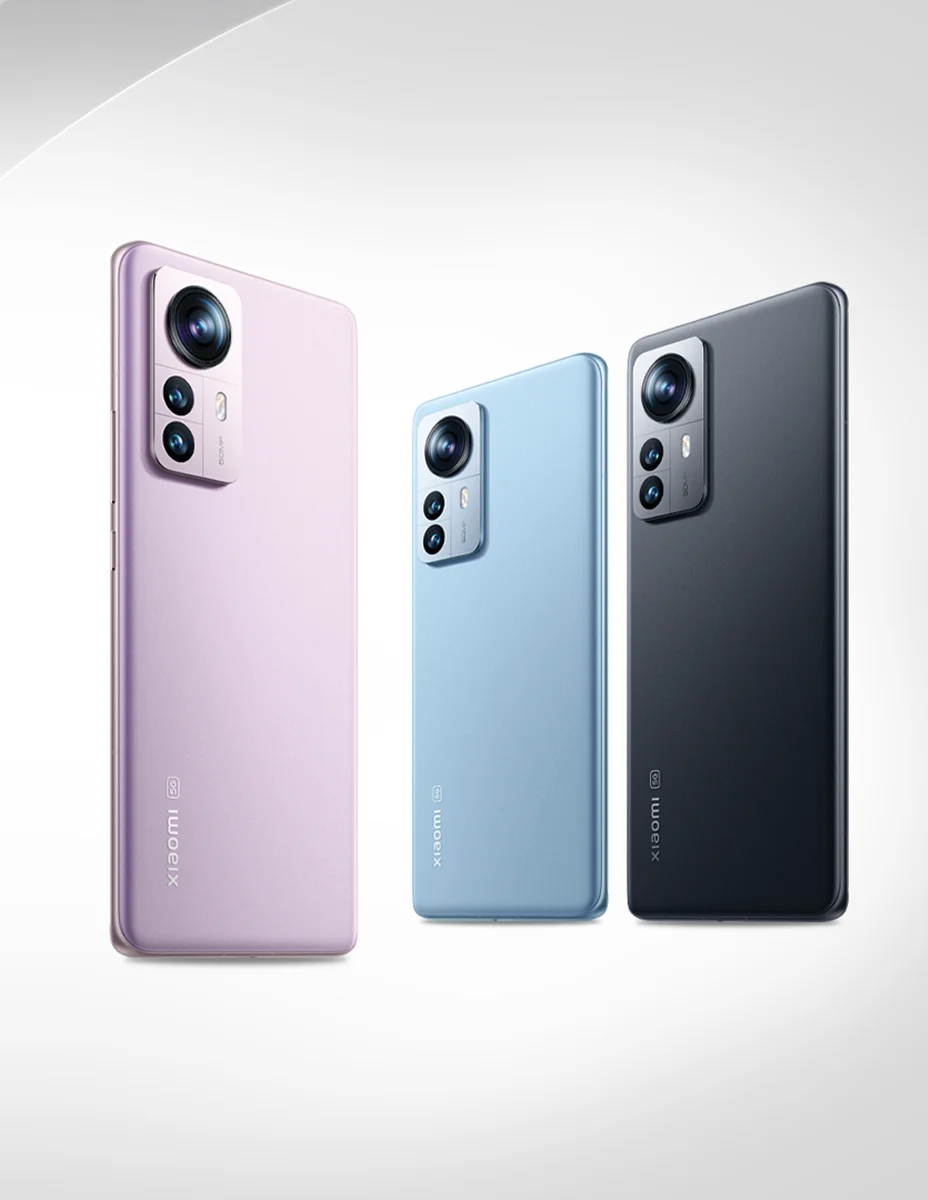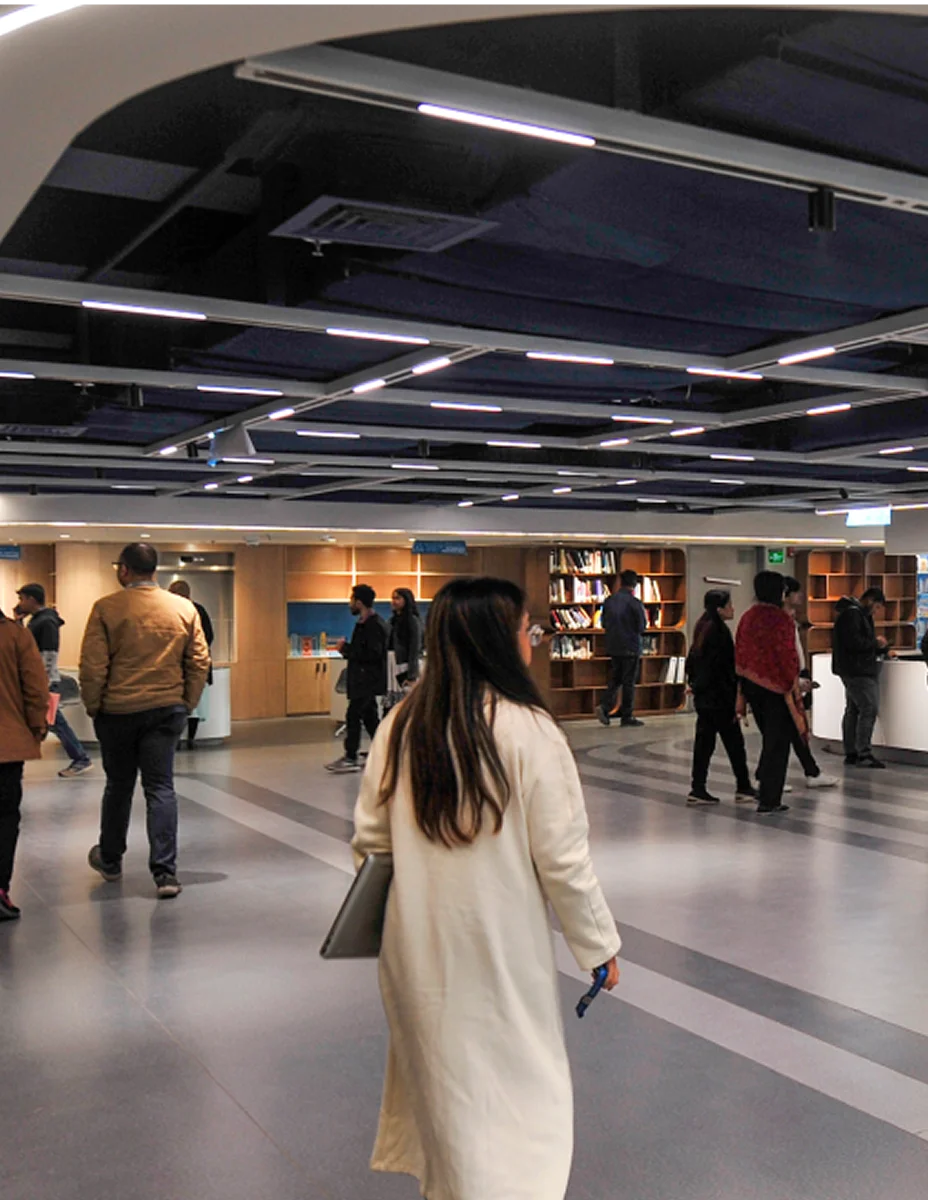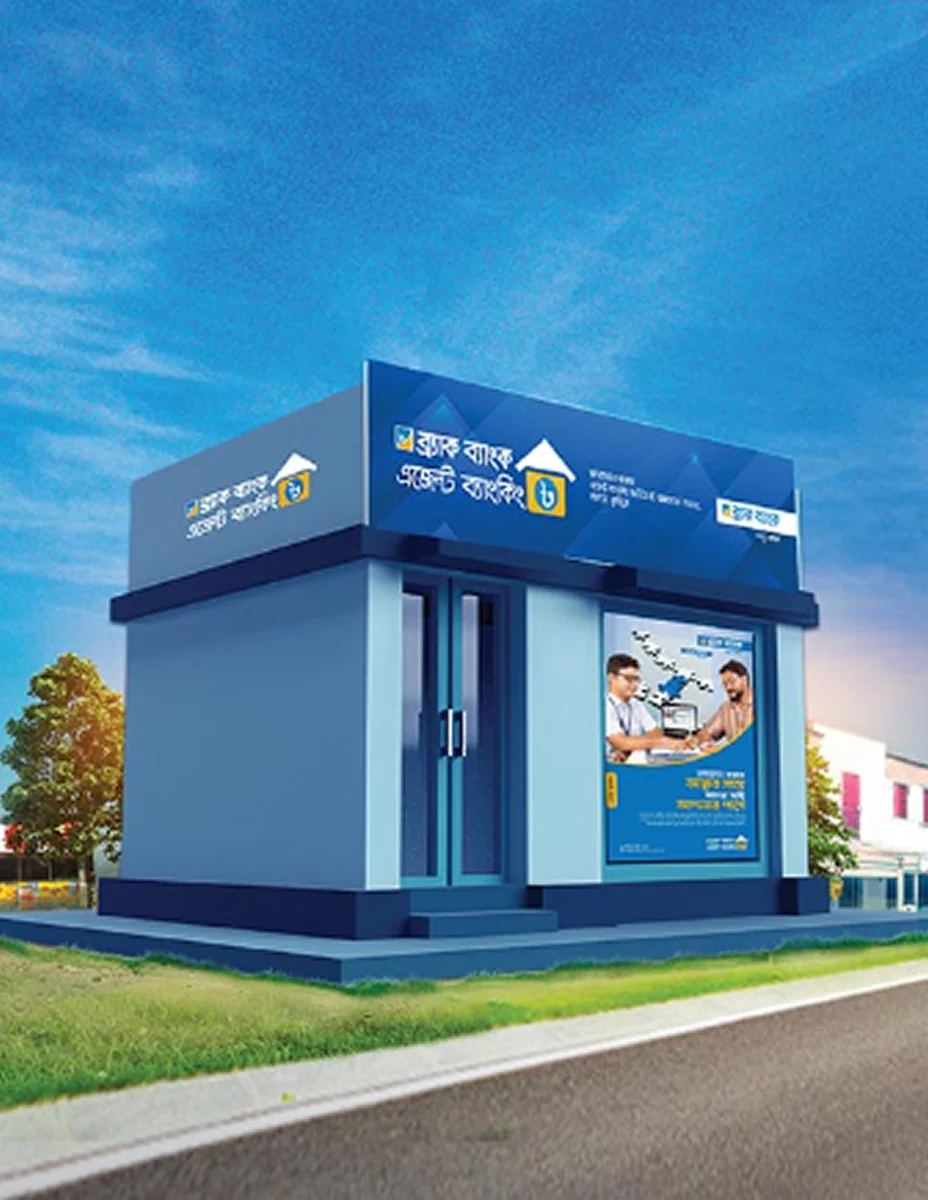The Challenge
In response to changing consumer behavior and the rise of online shopping, the client launched its official e-commerce platform in 2014. The online store offers a wide selection of products including clothing, home décor, accessories, and gifts. They continued to invest in digital transformation, including mobile-optimized web platforms, virtual styling tools, and data-driven customer engagement strategies.
The client experimented with several Virtual Try-on tools that could successfully work with traditional attires. The results were mixed enough for them to park the idea for years. The engineers of brac IT took on a challenge to develop a solution based on three core capabilities –
1. Intent-based Product Search
2. Human-like AI Shopping Assistant
3. AI-powered Virtual Try-on
Here’s a sneak preview.
Read on for the inside scoop.
The Solution
The lifestyle brand employs hundreds of sales assistants across its many outlets. Customers walk in, describing what they’re looking for within their budget, and the assistants help them find the right products. We conceptualized and proceeded development with a two-part solution. An LLM-powered search function would extract user intent and guide the search logic, in both local language and English, with voice command support as option. The model currently supports 150 languages.
An AI product assistant would further guide customers on the results page. Users can refine queries to find the right product. Guardrails are in place for toxicity filtering and privacy-aware query processing. These assisted product discovery features are the first phase of the solution under a multi-phased deployment.
The Try-on comes next. Registered customers can upload a full body image of themselves to try out their selected garments. The feature computes the size and fitting to simulate realistic results. Size and fit-related returns impact the customer experience and profitability of sellers. A probabilistic binomial model is utilized to counteract this challenge and provide customers with size advice. The initial training data produced promise. With more real-life usage data to learn from after rollout, the continuously trained solution can generate more accurate results.
With this feature, customers can decide faster, return less, and feel more satisfied with their shopping experience. Studies have shown that Try-on technology can boost sales by up to 30% and reduce returns by 20%, improving retailer margins.


About The Author
Jonathan Das
Communication Manager
Jonathan Das is a Communication Manager specializing in solutions storytelling and product marketing. He’s previously worked in brand and social media management, fund-raising, and audio-visual production roles with consumer brands, global non-profits, and startups. Jon holds a BA degree in communications from University of Liberal Arts Bangladesh. He enjoys making music, going on long walks, and reading about culture and technology.









